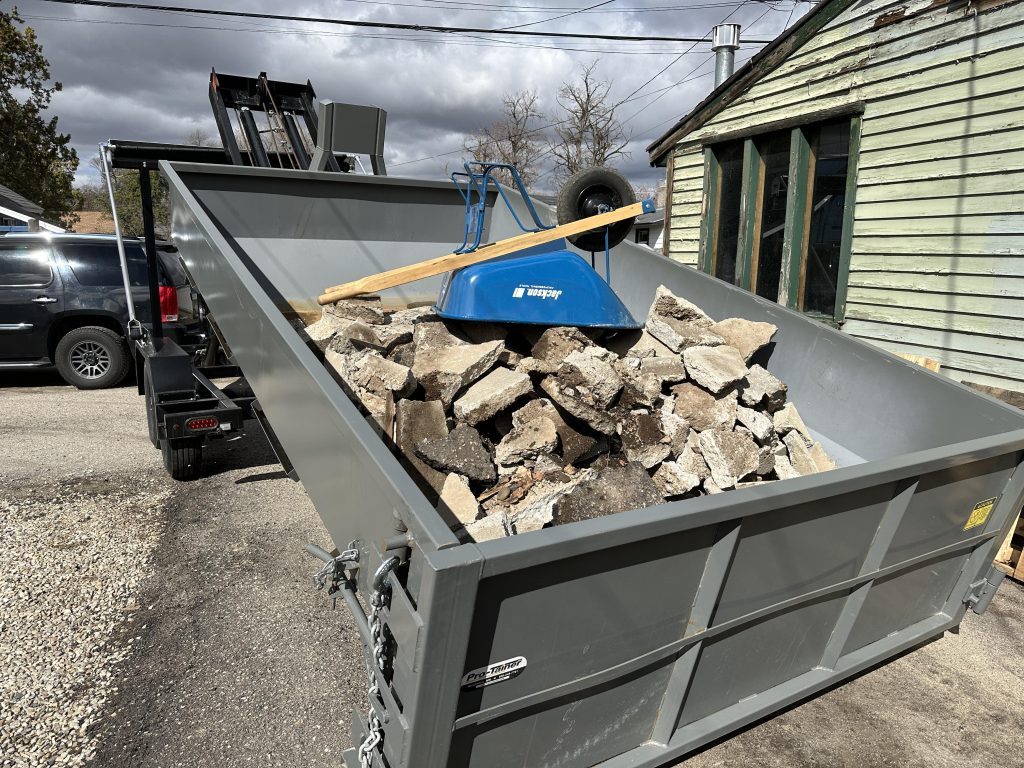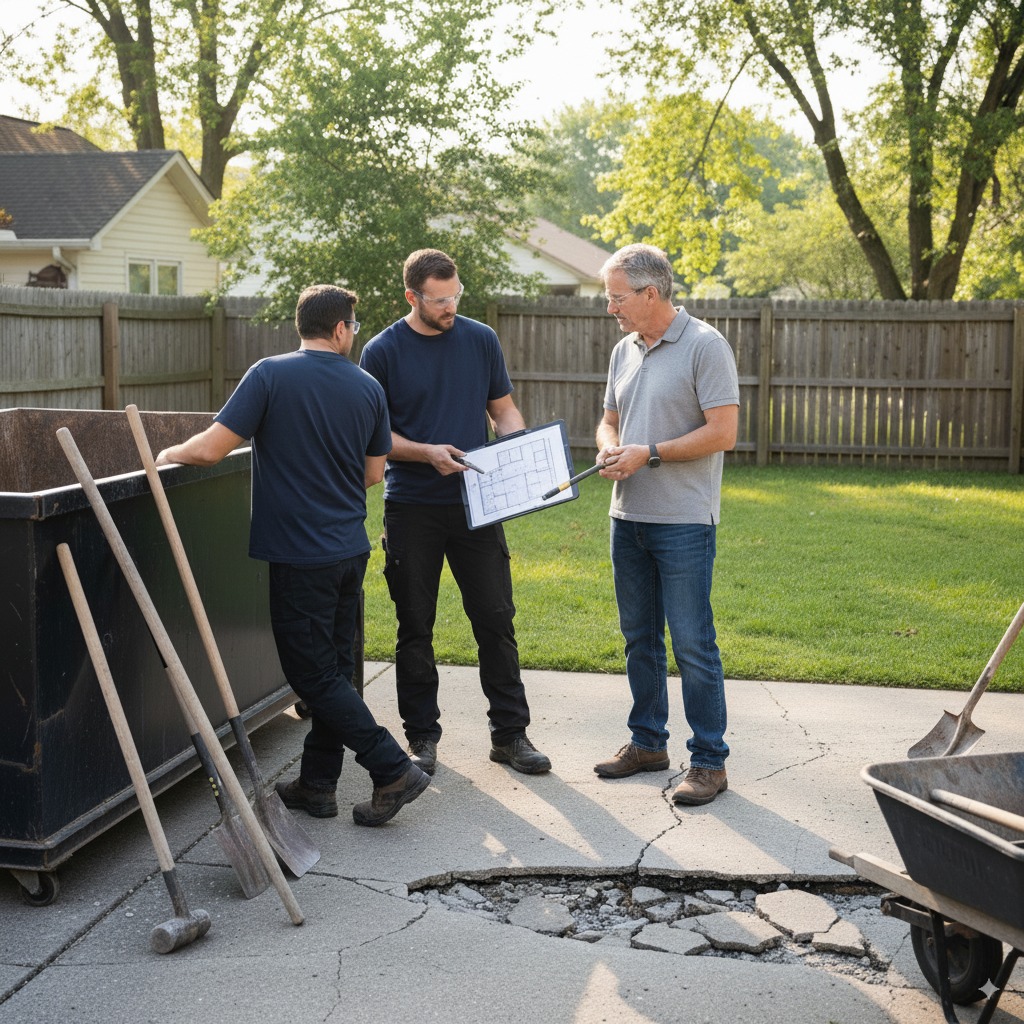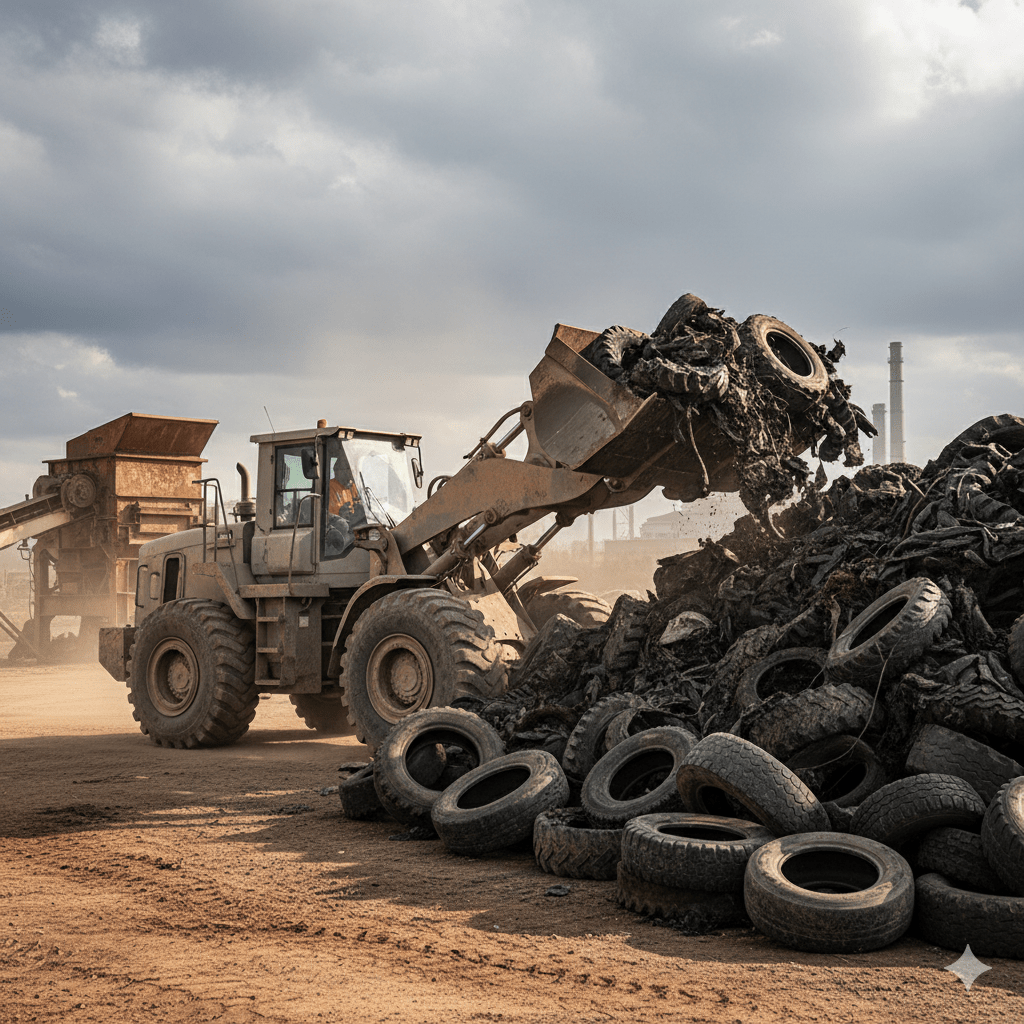Concrete doesn’t negotiate. It sits there, smug and immovable, while your schedule bleeds and your tools whine. Professionals exist for this exact standoff. Some show up like surgeons—measure, score, lift, load, gone before the coffee cools. Others arrive like a garage band—loud, chaotic, and mysteriously more expensive by the encore. Hire right and the slab disappears with your blood pressure. Hire wrong and you buy dust, delays, and a bill that reads like performance art. Let’s separate the grown-ups from the noise.
Experience and Expertise in Concrete Demolition
Pros bring pattern recognition. They can read a slab the way a mechanic reads an engine: thickness at the edge, hairline rust that screams rebar, spider cracks that hint at bad subgrade, utility routes hiding under “probably fine.”
What real expertise looks like:
- Diagnosis before demolition: probe for steel, verify thickness, confirm utilities, map egress for debris.
- Method, not muscle: score grids, break at joints, lift to fail in tension, cut steel deliberately.
- Tool matchmaking: diamond saws with water feed, 70–90 lb breakers, hydraulic cutters, nail magnets, turf mats, the right trailer on the first trip.
Pros: Fewer surprises, cleaner edges, safer site, faster load-outs.
Cons: Expertise has a price floor. You’re paying for their scar tissue—and you should.
Ensuring Safe and Efficient Removal
Safety isn’t a vibe; it’s a checklist. Good crews run it like gospel.
The playbook:
- Silica control: wet cutting, misting, respirators, HEPA vacs. Not optional.
- Utility certainty: locates done, live lines capped, “we think it’s dead” never leaves anyone’s mouth.
- Site protection: mats over turf, plywood on pavers, edge guards at doors and corners.
- Traffic control: one haul path, spotters near glass, equipment that actually fits the space.
Pros: Lower injury risk, fewer property scars, predictable pace.
Cons: Efficiency can look slow at first—setup takes time. If you hired speed over systems, you’ll pay for it later.

Handling Waste and Environmental Considerations
Breaking is half the job. Hauling and proving you hauled is the other half.
How the best services handle it:
- Separation on site: clean concrete vs. mixed debris to hit recycling rates and dodge landfill premiums.
- Right destination: concrete recycler, not “mystery field behind my cousin’s house.”
- Receipts that matter: scale tickets, facility names, photos of sorted loads stapled to the invoice.
Pros: Lower dump fees, smaller environmental footprint, paper trail if the city asks.
Cons: Sorting takes effort and space. Tight sites or HOA rules can make the logistics… athletic.
Cost and Time Efficiency of Hiring Experts
Total cost lives where time, risk, and disposal intersect. Cheap bids ignore one of those.
Where pros save money (even when they look pricier):
- Fewer trips: proper cutting and staging = fewer loads. Fewer loads = less time and fuel.
- No rework: clean separations mean you build back sooner and straighter.
- Change orders that make sense: pre-defined triggers (unexpected thickness, heavy steel, buried conduit) with a documented path, not a surprise at sunset.
Where costs can creep:
- Minimums and mobilization: small jobs still pay for trucks, gear, and crew time.
- Disposal fees: weight is weight; wet concrete and rebar aren’t light.
- Rush premiums: jumping the queue costs real money and sometimes quality.
If time matters more than anything, hire adults. If cash rules everything, be honest about tradeoffs and schedule around them.
Comparing Local Contractors and Services
You don’t need a committee. You need proof.
Use this quick filter:
- Scope in writing: size, thickness, reinforcement, access, disposal plan, site protection, finish condition. If it fits on a sticky note, it’s missing the part where you don’t get burned.
- License and insurance: COI with your address on it, not “we’re covered, trust us.”
- Photos of similar jobs: before/during/after with clean staging and clean exits.
- Dump tickets on past work: names of facilities, weights, dates. If they can’t produce them, ask why.
- Schedule with buffers: start window, daily hours, weather/dump-hour plan.
- Clear pricing model: fixed vs. time-and-materials, explicit change-order triggers, who signs off and when.
- References with substance: ask past clients about cleanup, neighbor management, and whether the final invoice matched the bid.
Short interview script that exposes reality fast:
- “Walk me through your process for a 5–6″ driveway with wire mesh.”
- “Who verifies utilities are off? How do you document it?”
- “What do you recycle vs. landfill? Which facilities?”
- “What specifically triggers a change order? Show me that clause.”
- “Send your license number and a COI naming my address.”
- “What does the site look like when you leave—backfill, rough grade, nail sweep?”
If they answer cleanly and quickly, you’ve likely found the best kind of concrete removal service: the kind that makes the slab—and the drama—disappear.
Bottom line
Hiring pros isn’t surrender; it’s strategy. Experience reads the slab. Safety keeps everyone whole. Logistics keep the dump fees honest. Costs stay tied to reality instead of optimism. Compare contractors by their process, not their promises, and you won’t just remove concrete—you’ll remove headaches, too.






